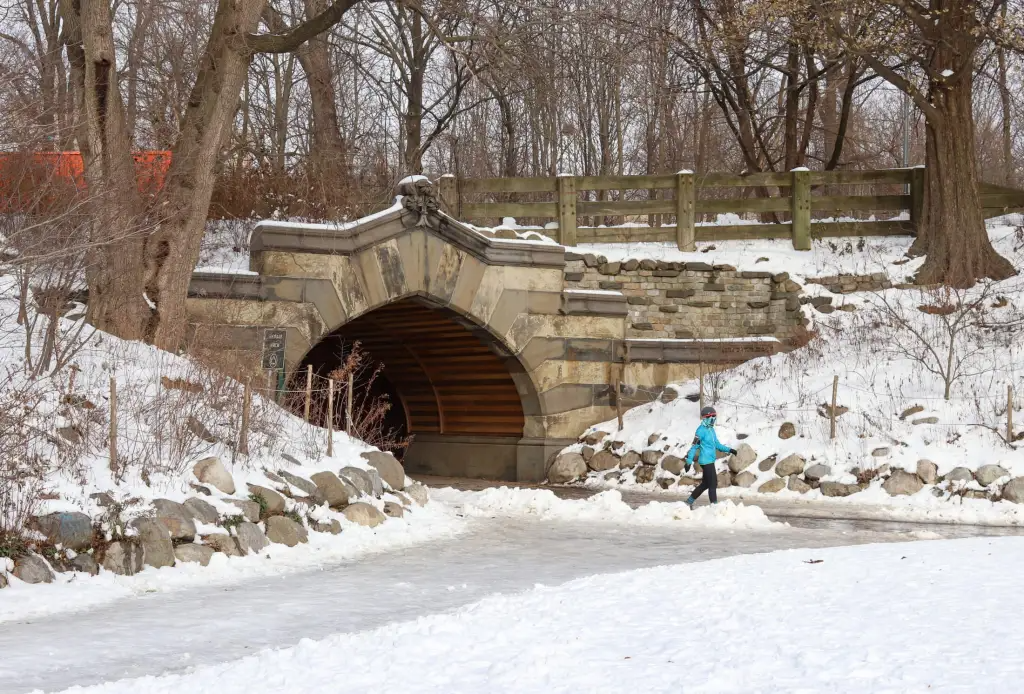The New Gentrification
The Friday Times took another look at the work of Jane Jacobs, who “waged heroic war against planners who dreamed of paving the Village’s cobblestone streets, demolishing its tenements and creating sterile superblocks.” According to Sharon Zukin, a Brooklyn College sociology professor and author of Naked City: The Death and Life of Authentic Urban Places,…


The Friday Times took another look at the work of Jane Jacobs, who “waged heroic war against planners who dreamed of paving the Village’s cobblestone streets, demolishing its tenements and creating sterile superblocks.” According to Sharon Zukin, a Brooklyn College sociology professor and author of Naked City: The Death and Life of Authentic Urban Places, saving the cobblestone streets and old architecture may retain a neighborhood’s character superficially, but is doesn’t do much for the community who gave the neighborhood its soul. Zukin paid a visit to Williamsburg (“the East River gold coast”), where she pointed out “a low-slung old granary with a MacBook-speckled coffee bar” and said, We’ve gone from Jacobs’s vision to the McDonald’s of the educated classes. Are you buying what Zukin’s selling?
A Contrarian’s Lament in a Blitz of Gentrification [NYT]





yeah my fav. thing is when people claim they moved out of a certain neighborhood cuz it wasnt cool anymore when everyone in the room KNOWS they only moved cuz they were priced out.
*rob*
I think idea that ‘gentrification’ is gonna take over whole areas of city is wishful thinking in many a person eye.
Not to say some doesn’t take place, but extent is far exagerated.
Times and places change and have never stayed the same. People often blame rising prices on gentrification but prices rise whether gentrification or not. Only when place is totally undesirable and economy collapsing is housing gonna get cheap (Detroit/Buffalo).
Type or retail changes everywhere – it is reflection of changing times not gentrification.
Also – cost of housing in middle, working class, poor areas of this city is driven more by increase in immigration (supply/demand) than some white suburbanites buying brownstones.
Ecoux, isn’t it mixing up 2 parallel but not necessarily connected trends? The drive to preserve and maintain housing stock in low-density, mixed-use environments does not necessarily increase prices. The enormous run-up of prices for housing predates beautification, and stemmed from full employment and low vacancy rates.
Now that the demand has slackened, I’m seeing massive cosmetic and service improvements as rental costs are decreasing. I really don’t think the drive to prettify causes the increase. This article is just romantic and narcissistic drivel about the glamour of living in trash-strewn hovels.
Brownstoner Mad-Lib: play along its fun!!
I used to live in [insert gentrified neighborhood here] back in [insert year at least 1 year previous to current day]. It’s lost so much of it’s charm due to all the “newcomers” crappy new construction and bars. Now I live in [insert slightly less gentrified neighborhood] and it’s so much better.
DH;
Well, a good way to start is to be self-loathing, as I mentioned above. Move into a neighborhood, and pretend that you don’t want to see the amentities coming that are aimed at you. Lament the passing of the old men’s bars. Do so loudly.
New cafes are cool, though. They demonstrate that you are into “community”. Heck, they are so cool the at you can even kick in money to help out an owner who avoids paying taxes.
I know this is all confusing. That’s why you need to constantly read Brownstoner – to learn the othodoxy.
quote:
Well, white suburbs pretty much do suck.
perhaps, but they do have great public schools.
*rob*
the upper west side is actually pretty diverse btw, both ethnically and economically so it’s a pretty stupid example. soho, tribeca, brooklyn heights, and the west village would be better examples of uber snobbery and cultural vapidity.
*rob*
I would welcome a Zabars in Bed Stuy.
Accept the Brownstoner othodoxy: white people suck. White suburbs suck the most. Come and believe!!
Posted by: benson at February 22, 2010 9:48 AM
So at what point do i need to move in to a neighborhood so i’m considered “down” and not a gentrifier myself? it’s so confusing. :-\